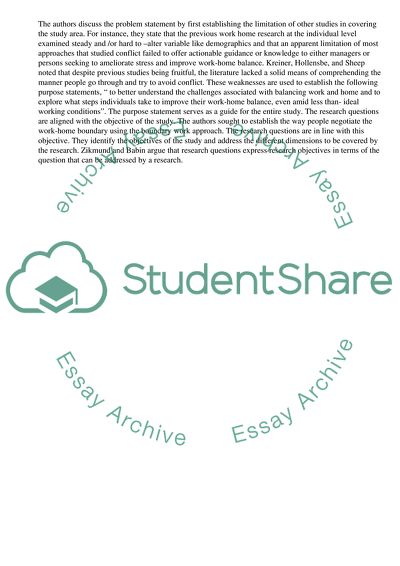Cite this document
(Balancing Borders and Bridges: Negotiating the Work-Home Interface via Research Paper, n.d.)
Balancing Borders and Bridges: Negotiating the Work-Home Interface via Research Paper. Retrieved from https://studentshare.org/management/1796763-dissertation-paper-analysis
Balancing Borders and Bridges: Negotiating the Work-Home Interface via Research Paper. Retrieved from https://studentshare.org/management/1796763-dissertation-paper-analysis
(Balancing Borders and Bridges: Negotiating the Work-Home Interface via Research Paper)
Balancing Borders and Bridges: Negotiating the Work-Home Interface via Research Paper. https://studentshare.org/management/1796763-dissertation-paper-analysis.
Balancing Borders and Bridges: Negotiating the Work-Home Interface via Research Paper. https://studentshare.org/management/1796763-dissertation-paper-analysis.
“Balancing Borders and Bridges: Negotiating the Work-Home Interface via Research Paper”, n.d. https://studentshare.org/management/1796763-dissertation-paper-analysis.


